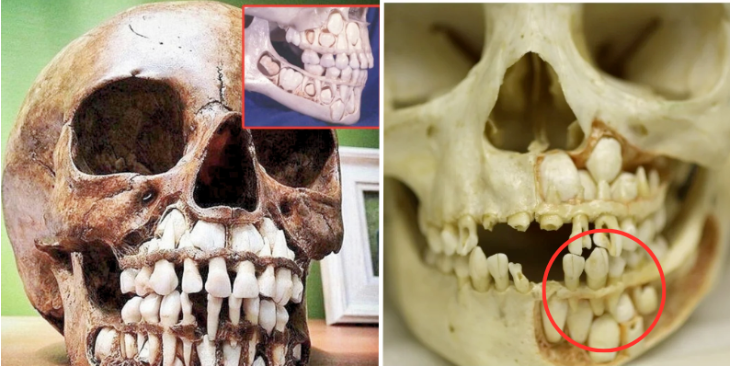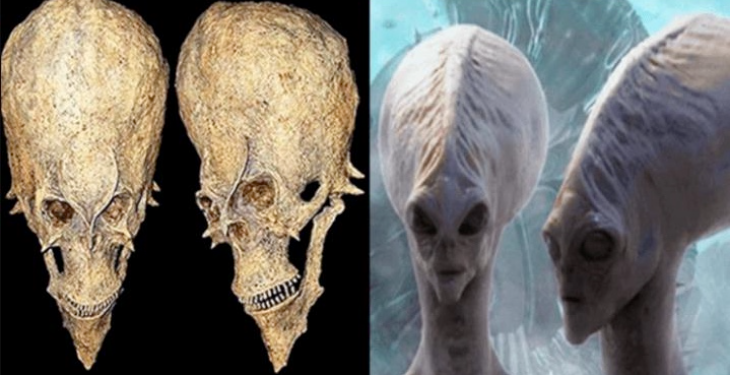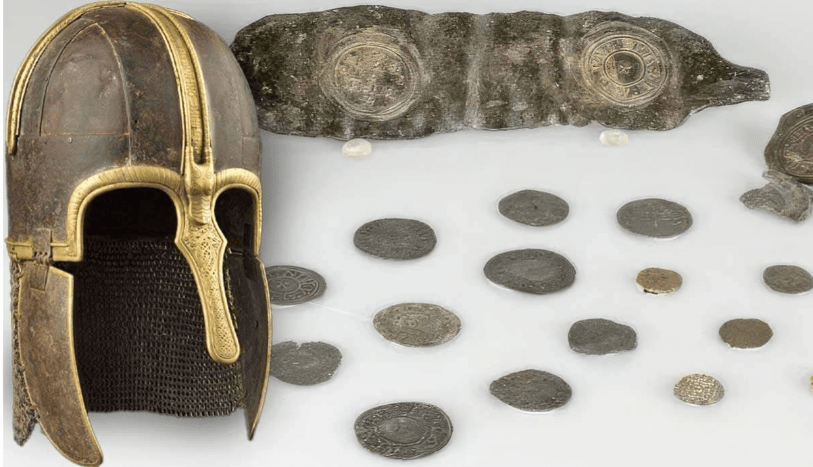
1,500-year-old Viking ice skates were made from leather and horse bones, and ViKing artifacts buried by the Romans around 71 CE have been discovered by archaeologists
Construction in York, England unearthed a Viking Age town called Jorvik. Archaeological excavations revealed an Anglo-Norse world rich with information about the past.
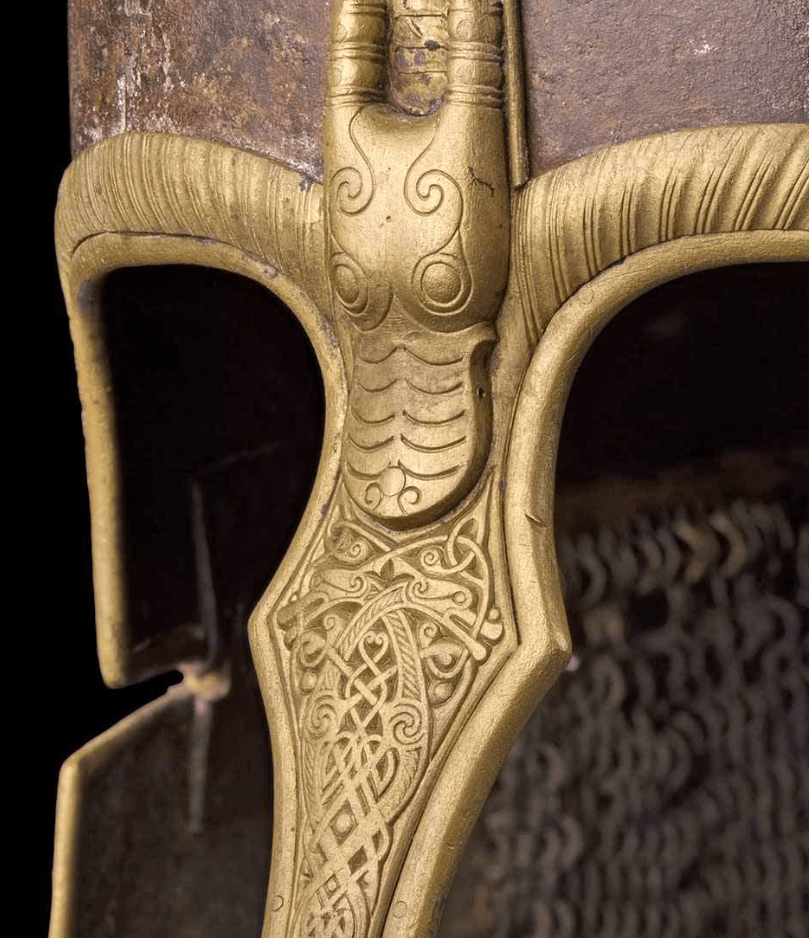
York sits in northeast England, and was founded by Romans around 71 CE who called it Eboracum. During the Anglo-Saxon period, Eboracum became the center of the kingdom of Northumbria, and was known as Eoforwic around 865 CE, when a Great Viking Army landed in England. On November 1st, 866 CE, the Viking invaders conquered York. Upon their successful conquest, the Norse permanently settled Eoforwic — Jorvik — around 876 CE. Scandinavian rulers maintained control of Jorvik until the expulsion of Erik Bloodaxe in 954 CE. The York Archaeological Trust began excavating the area in the 1970s and uncovered homes and markets from the Viking Age.
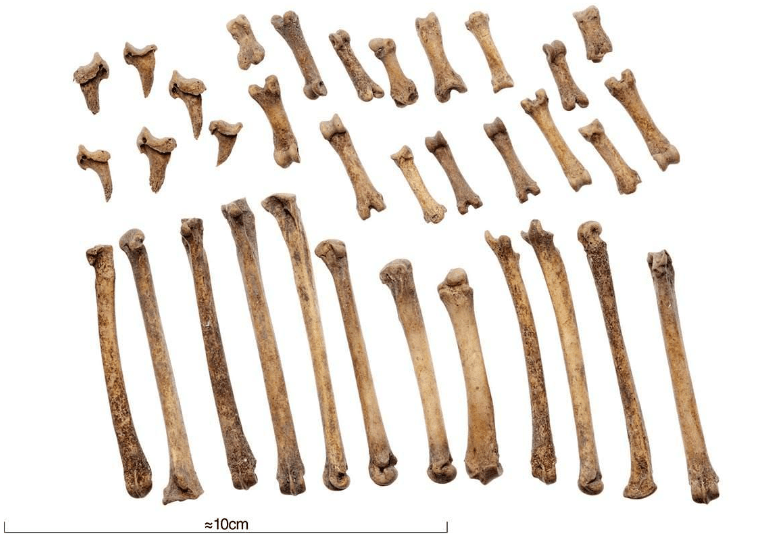
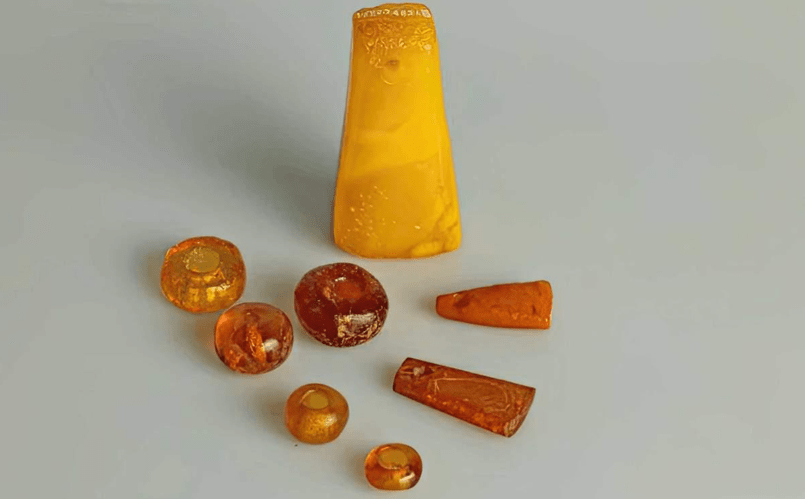
On a street named Coppergate, archaeologists uncovered long, narrow plots divided by wattle fences. The street’s name roughly translates to “street of the cup makers.” Archaeologists did find cups throughout the excavation, but excavations of Coppergate also revealed a market that once served as the workplace of Viking Age craftspeople. Fortunately for archaeologists, the soils of Jorvik were moist and rich. Oxygen was unable to penetrate these soils; thus, many unique artifacts from the ninth and tenth centuries were preserved, revealing a world of far more than cups.
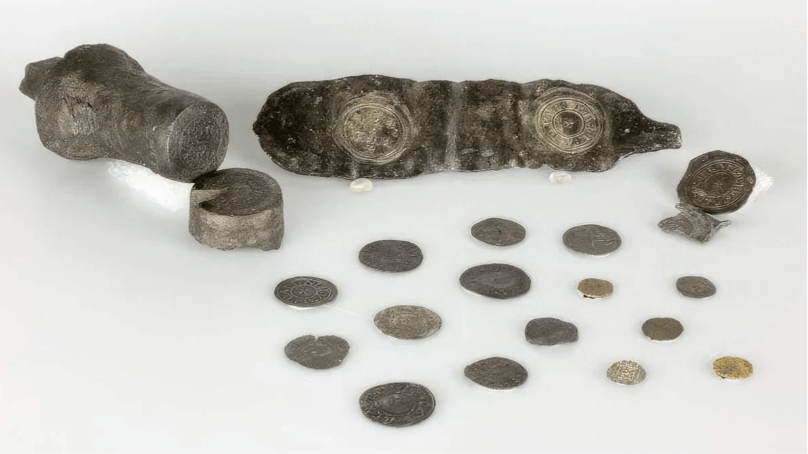
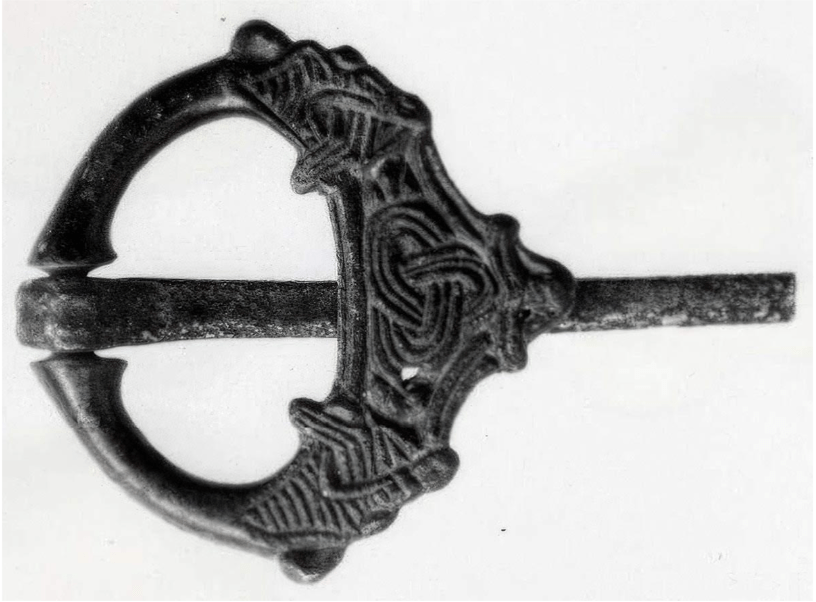
Textiles often preserve poorly when buried by centuries of earth but in Jorvik, archaeologists encountered damp soils that preserved unique traces of footwear. Archaeologists found a variety of leather shoes belonging to both adults and children during the excavations. Most of the shoes proved to have been made via the turnshoe method. In this form of shoe manufacture, the shoemaker sews the sole and uppers together inside out. Then, the shoe is turned the right way out, thus the name. A different kind of shoe was also found. This shoe was made of a single piece of leather folded around the foot and sewn together. With this unique assemblage of shoes, archaeologists can begin to explore the diversity of shoes worn and investigate which ones may have been imported or made locally.
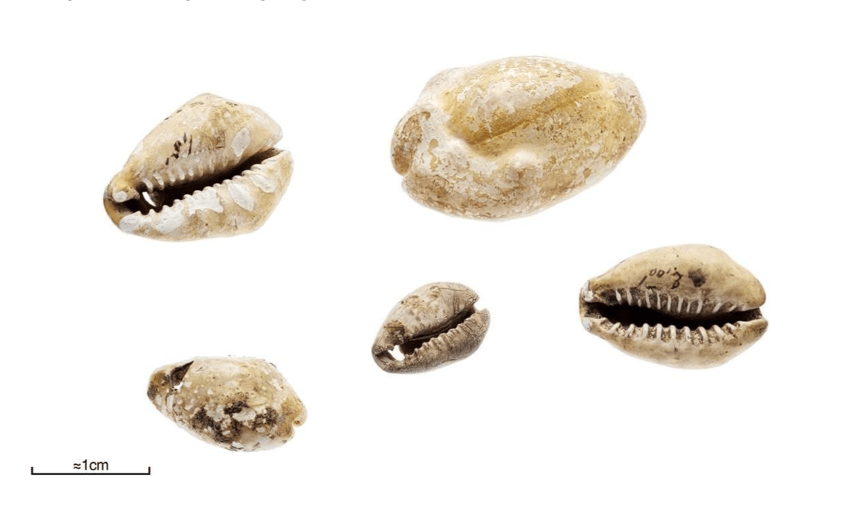
Archaeologists also recovered fragments of a woolen sock. Studying the sock, they learned that it had been knitted using a single-eyed needle. The wool had faded over the centuries in the earth, and it is not clear what the original color of the sock was, though a red band was evident around the ankle. So far, the Coppergate sock is the only one of its kind found in England. Not even its matching pair has yet been found. The sock is thus a truly unique Viking import.
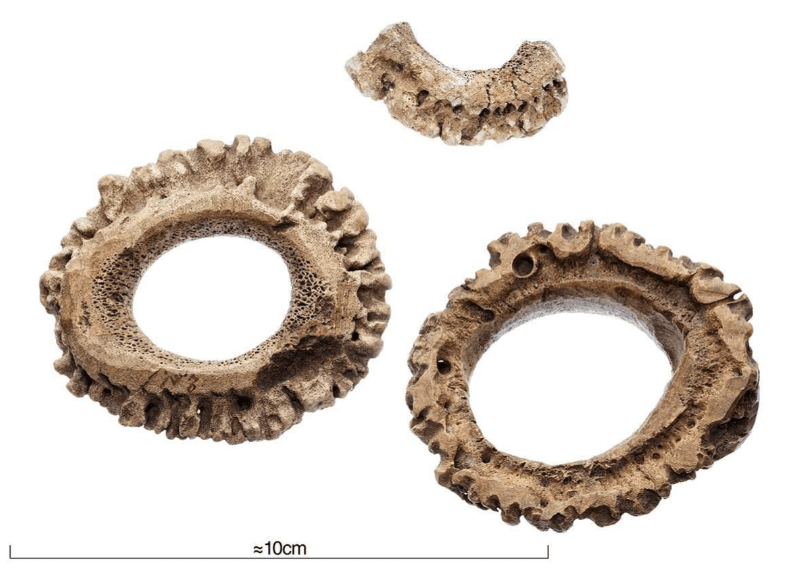
In addition to the sock and the shoes, archaeologists also found what appeared to be ice skates in Viking Jorvik. These skates were made of horse bone. Archaeologists speculate that these skates were practical tools for navigating frozen rivers as well as a fun means of recreation.
These unique artifacts offer insights into what the Vikings wore on their feet, the footwear industry in Jorvik, and the many means of getting around in the busy medieval world.
The Vikings remained in York throughout the tenth century CE. Evidence of their occupation has come in surprising forms. In one pit, dated to the end of the tenth century, archaeologists discovered a crushed textile. Scholars smoothed the item and took a closer look at the mysterious object. They had found a very unique silk headdress. The headdress would have covered the entire back of a person’s head and part of the neck. There were stitches at the bottom of the headdress where it would have been possible to attach ribbons which could have secured the headdress to the head.

Silk was an exotic textile in the medieval world. Possible sources of the silk include the kingdoms of the Eastern Mediterranean and beyond, like the Byzantine Empire. Another possible source was Baghdad. Other pieces of silk were found throughout Jorvik, suggesting that silk was imported into medieval York and made into various items by local craftspeople. Due to the perceived value of exotic items in the medieval Norse world, the silk headdress likely belonged to a wealthy Viking woman.
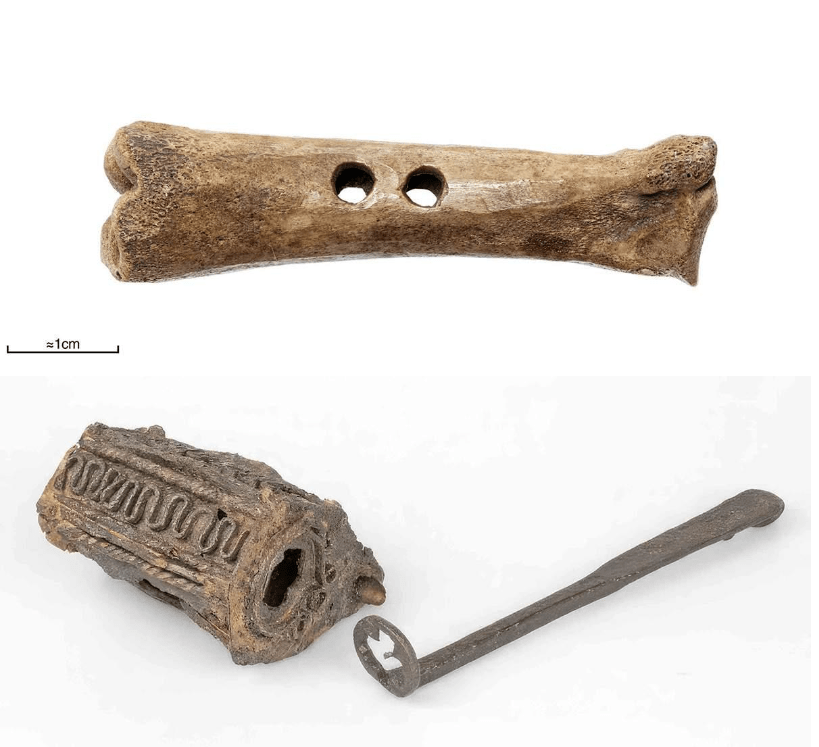
As construction efforts in York continued, a mechanical digger hit something hard. Looking closer, investigators found a wood-lined pit filled with antler, stone, glass, iron, and an extraordinary helmet. The helmet consists of iron and copper alloy. Scholars have dated it to the eighth century CE. This artifact thus predates the Vikings’ settlement of York and offers a glimpse into the world of the Anglo-Saxons who also called Jorvik home.
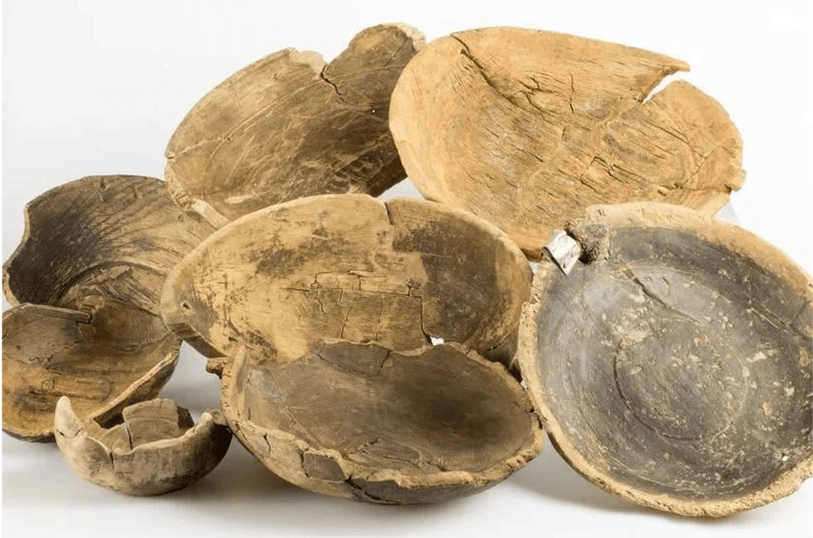
Taking a closer look at the helmet, archaeologists found an inscription in Latin that read: “In the name of our Lord Jesus, the Holy Spirit, and God; and to all we say Amen/Oshere/Christ.” The helmet has been interpreted as both functional armor and a symbol of Anglo-Saxon power.
Excavations at Jorvik recovered some five tons of animal bone, also known as fauna remains. From these remains, archaeologists and zooarchaeologists know that mice and rats scurried around the Anglo-Saxons’ and Vikings’ feet. They caught, traded, and ate fish. Ducks and geese roamed the streets, while dogs, cats, and pigs scuttled around medieval homes. Plant or flora remains were also collected from the Viking town. From excavations, archaeologists believe that plant-based foods such as celery, coriander, lettuce, radishes, and parsnips were part of the Viking diet. These artifacts, while less attractive than others, are highly informative and significant to scholars’ understanding of the Viking world.
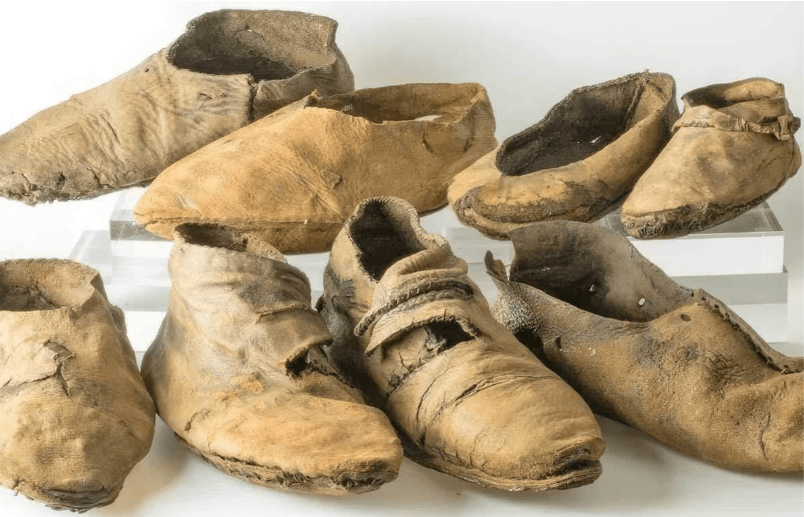
The silk headdress was not the only item with eastern roots that found its way to Jorvik. The Vikings had trade routes with the Baltic as well. In Jorvik, archaeologists found traces of amber from the Baltic. As with the silk, the amber seems to have been imported and then molded by York-based craftspeople. They manufactured rings, pendants, and beads.
Amber was a popular material for adornment in the Viking Age, but it may have been more than decorative. One archaeologist suggests that amber emitted a static charge or smell that the Vikings saw as a sign of magical power.
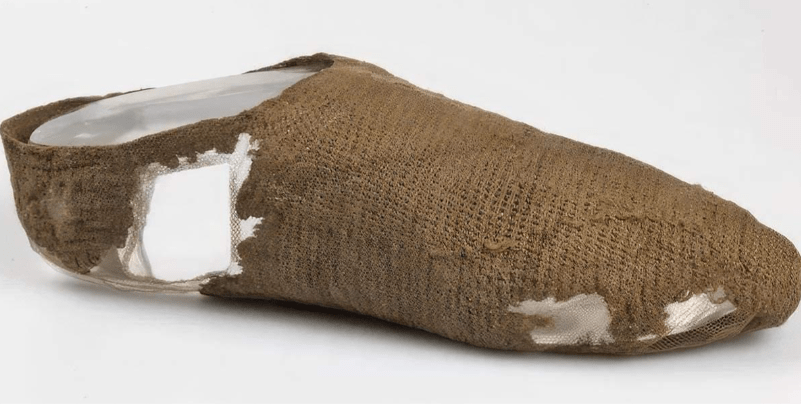
Another interesting artifact they found from the east was a cowrie seashell. Shells occur around the world, but this shell was of the species Cypraea pantherine. That species of shell occurs naturally in the Red Sea only. Coins offered additional evidence of the Vikings’ eastern connections.
Coins in Jorvik came from many different regions. One coin was made in present-day Uzbekistan around 903-908 CE. In the case of both the shell and the coins from the east, archaeologists were unable to determine if the Vikings traveled to the Red Sea or present-day Uzbekistan themselves, or if they acquired these objects from exchange with other marauding traders. What seems apparent is that the Vikings maintained interests in objects that could only be acquired in the East.
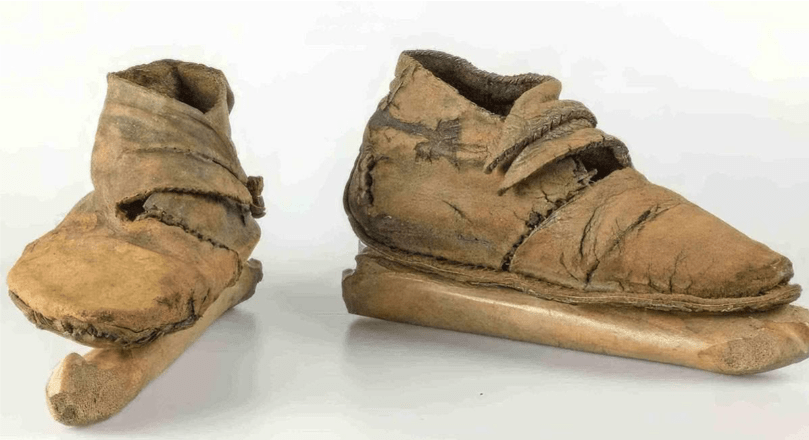
According to some historians, the Scandinavians who first conquered the Anglo-Saxon kingdom of Eoforwic had previously been based in Ireland. At Jorvik, evidence of connections with Ireland emerged in the form of copper alloy ring pins. These metal pins with rings circling the pinhead may have been used to decorate clothing and/or fasten clothing together during the Viking Age. These ring pins debuted in Ireland in the tenth century.
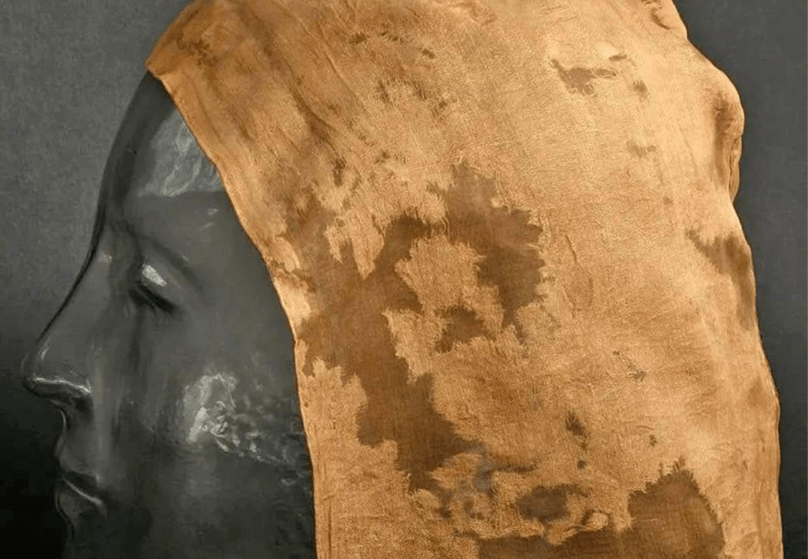
Although many ring pins were collected during excavations of Jorvik, archaeologists have not yet determined if the ring pins were manufactured in Ireland and imported to Jorvik, or if Jorvik-based craftspeople made the ring pins in England, imitating the Irish style. What is clear is that Jorvik maintained connections to the west, that left a deep impression.
Archaeologists recovered an abundance of artifacts that seem to indicate that the Vikings put a lot of effort into their appearances. Excavations in Jorvik revealed that finger rings were popular during this period. Rings made of metal, glass, antler, and walrus ivory have been found in Jorvik. Rings made from walrus ivory indicate that the Vikings were connected to Arctic trade routes as well as western and eastern ports.
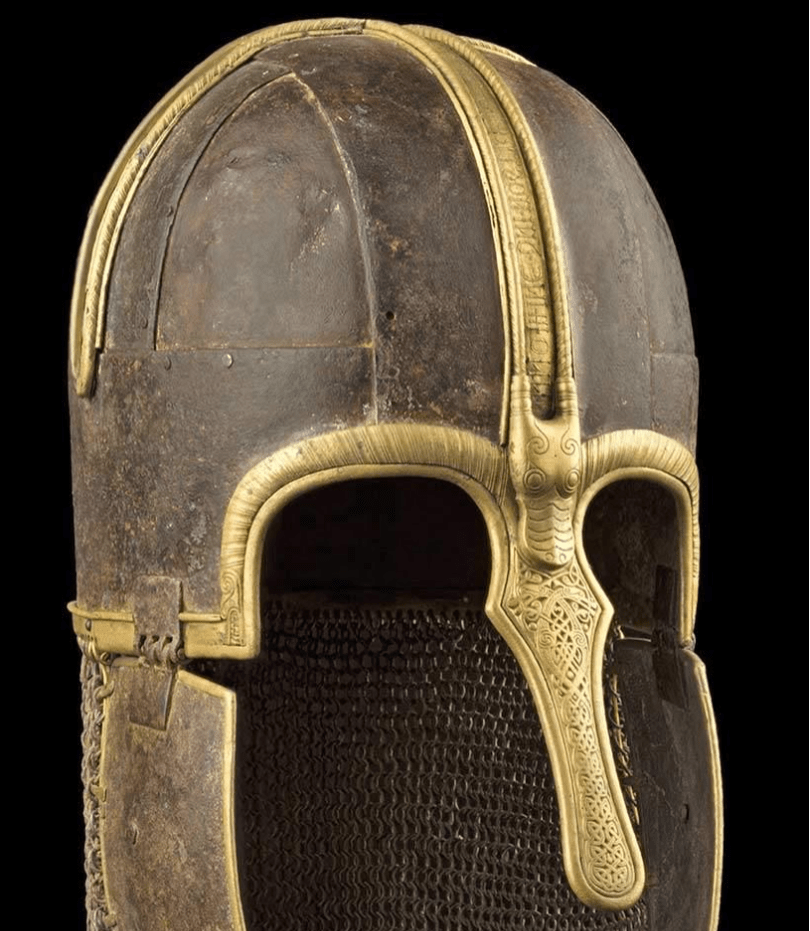
Jorvik was an important trade hub, but the Vikings also knew how to have fun. Archaeologists found numerous artifacts from the Jorvik excavations that illuminate how downtime may have been spent in medieval York. Evidence of possible games emerged in the form of dice and a partial hnefatafl board, and hnefatafl game pieces.

Archaeologists also excavated possible musical instruments including a panpipe and buzz bones (a medieval noise-making toy). These artifacts add another dimension to the busy medieval world of Viking Jorvik, a place where among the hustle and bustle of trade, games of the strategy took place and panpipes played.
Throughout Viking Jorvik, archaeologists uncovered a number of security implements. They found padlocks made of iron in cube and barrel shapes. Archaeologists also excavated keys. These keys were long and thin pieces of metal that could be inserted into padlocks. Decades of excavations show that medieval York was a place where the Vikings conquered the Anglo-Saxons, put down roots, and maintained extensive relations with the outside world. These artifacts reveal that their homes and towns were worth protecting and are essential to unlocking the secrets of Jorvik’s Viking Age.

